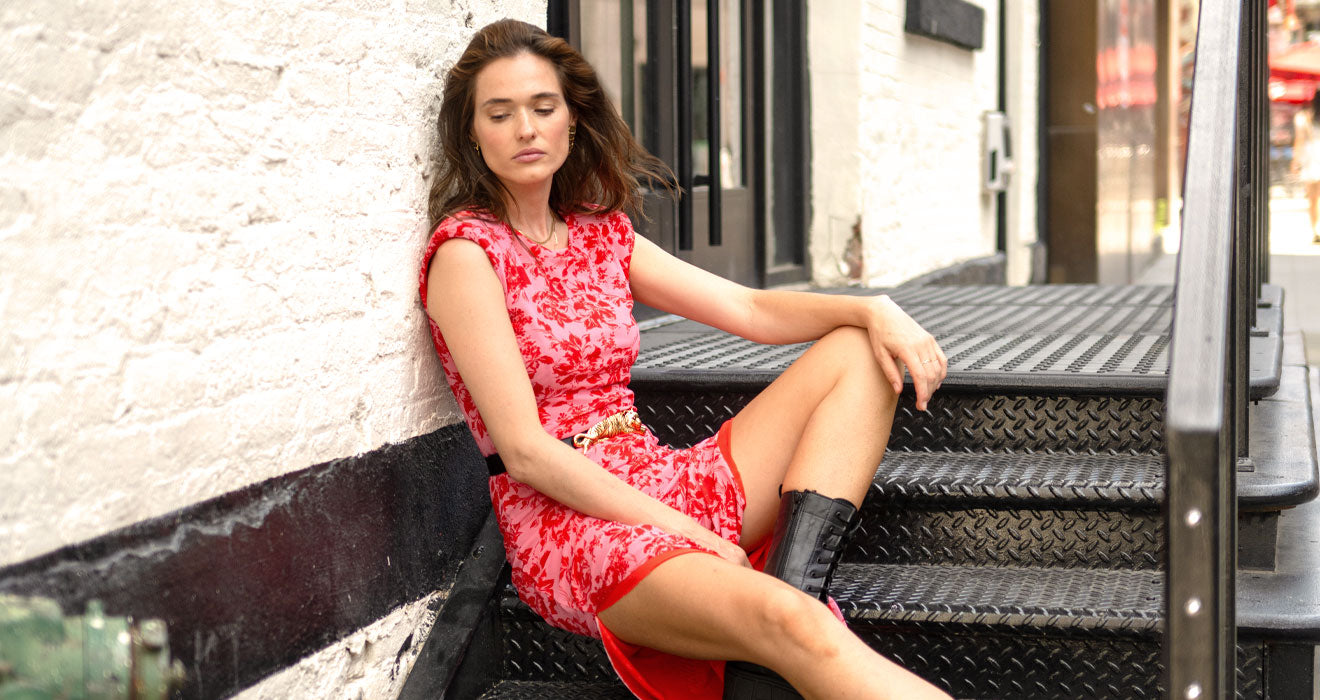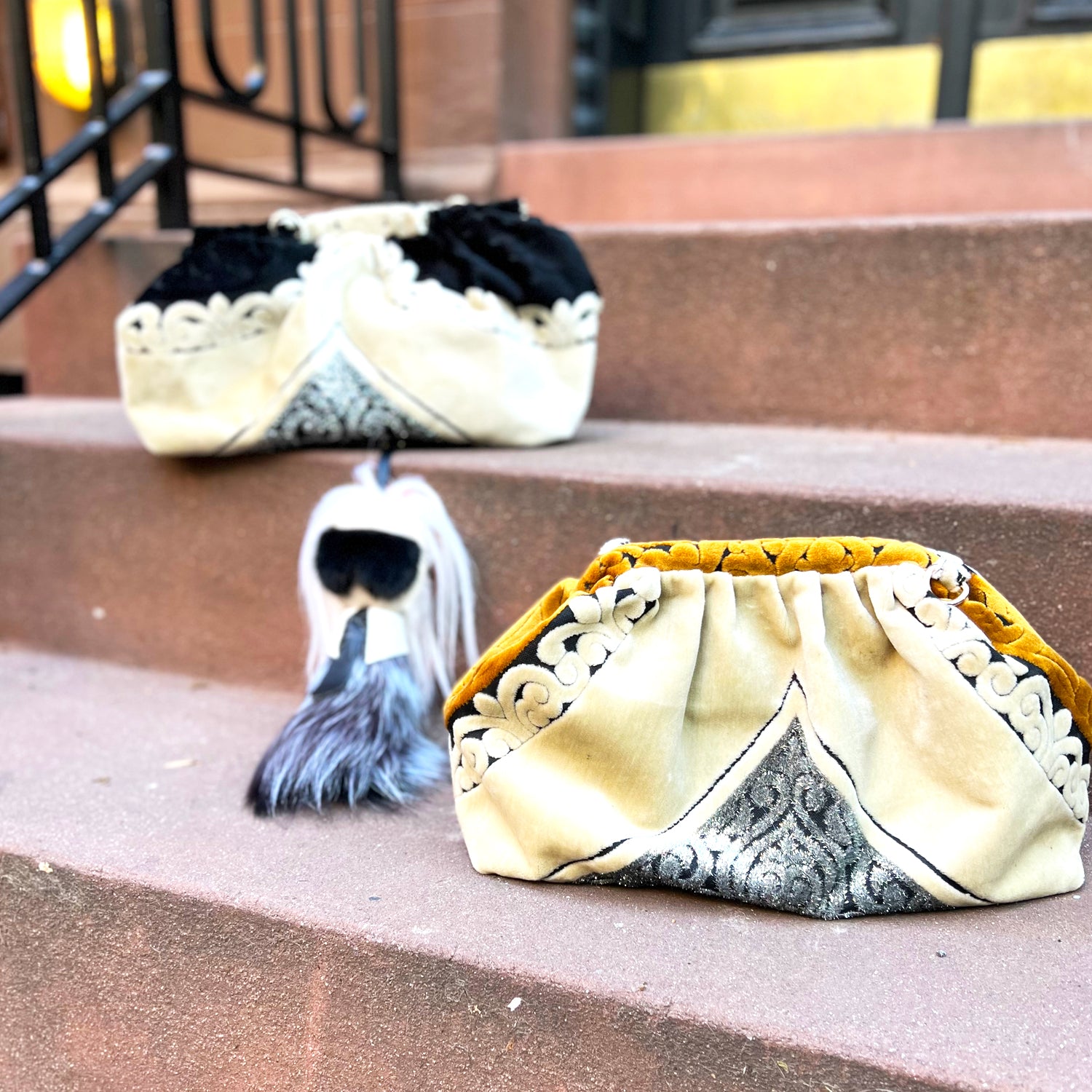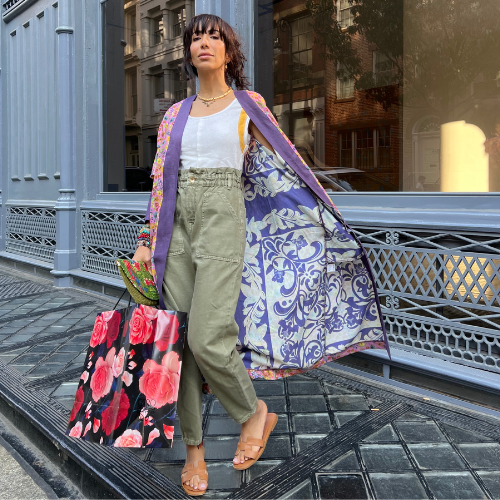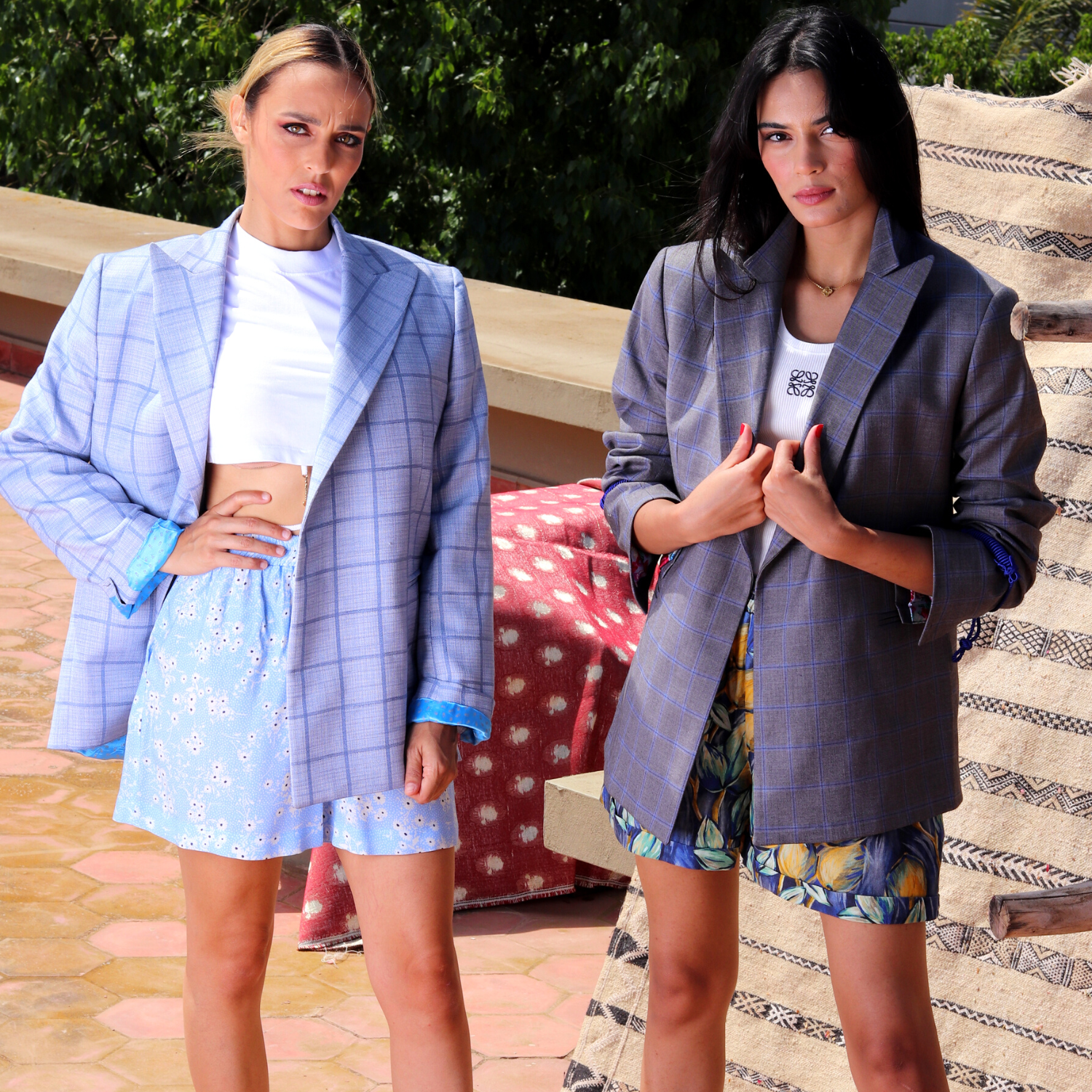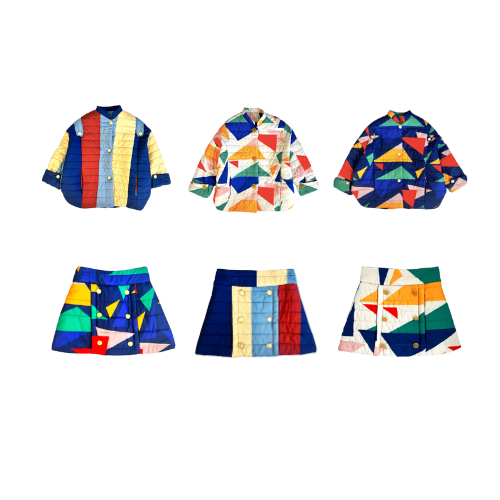
Traditionally associated with ancient Japanese history, renewed interest in the kimono has given the garment a new lease on life as a modern silk statement piece.
Drawing influence from the textiles and silhouettes of the Japanese kimono, contemporary designers across the globe are paying homage to the traditional garb, adapting and transforming the garment with contemporary approaches.
“The kimono mind,” a term coined in 1965 by the architect-historian Bernard Rudofsky, has become an abiding metaphor for Western fashion designs liberating women’s bodies from previous constraints of old-world Japan.

A kaftan is a variant of the robeor tunic. Originating in Asia, variations of the kaftan were inherited by cultures throughout Europe and Africa as well, with names also varying from culture to culture.A kaftan may be made of wool, cashmere, silk, or cotton and can be worn with or without a sash.
Often worn as a coat or an overdress, usually having long sleeves and reaching to the ankles, the kaftan is generally a loose fitting garment that works with a wide variety of looks.

Kimono through the Years
In the Nara period, Japan was heavily influenced by the Tang Dynasty of China, a period when Japanese women started to wear the tarikubi robe. The earliest Japanese kimono consisted of two layers—the upper, a patterned jacket with long sleeves and the lower a skirt that draped over the waist.
This era saw fashion flourish in Japan, generating a new aesthetic culture with technological achievements including the “straight-line-cut” kimono-making method. Suitable for all four seasons, kimonos could be worn in thicker layers to provide warmth in the colder winter months and in a single layer when the mercury rose.
As time progressed, Japanese women began to style the kimono, mixing and matching different colors, patterns, and motifs that reflected the wearer’s social status, political class, and personality.
Because this garment has spanned across cultures, socioeconomic level, and generations, the kimono is one of the most inclusive and versatile pieces of clothing.
Cut from a single piece of cloth, the T-shaped kimono can accommodate all body shapes, and can be worn as an overcoat, cover-up, blouse, ceremonial costume, or robe. An ability to communicate the kind of “data '' one might find on a Google search today, kimono designs were a window into the roles members of society played. Different materials, colors, and patterns indicated one’s gender, age, marital status, rank, socioeconomic level, and occupation.
Ain to the daily outfit of the American “housewife” of the 1950s and 60s, many Japanese women also wore traditional kimonos as they were largely confined to their homes and were rarely seen in public.
Only members of the upper class could wear the jūni-hitoe, or “twelve layered robe,” made of expensive colors and imported silk. The innermost layer of the robe, called kosode, served as underwear and represented the origin of today’s kimono. “Commoners” during this period, who were forbidden to wear colored kimonos with bright designs, wore simple kosode-style garments.
Ironically, however, female members of the lower and middle classes enjoyed more freedom of choice in their dress and the ability to come and go as they pleased.
When the samurai class rose to power, the Japanese dress aesthetic changed, moving from the extravagant clothing of the Heian period into a much simpler form. Samurai women were still inspired by the courtly formal wear of the Heian period, but adapted it as a way of displaying their education and refinement.
In tea ceremonies and gatherings, ladies of the upper-class, such as the Shogun’s wives, would wear a white kosode with five layers of brocade to communicate their power and status. Towards the end of the period, fully-cut red trousers called hakama were worn by upper-class women, while members of the lower-class were not permitted to wear them.
But during the Muromachi Period (1336–1573,) hakama pants went out of favor and the trend became the obi , a narrow decorated sash.
In the Azuchi-Momoyama Period (1568–1603) Japanese dress began to take a more elegant form. With the kimono treated like a canvas, artisans and craftsmen unraveled new skills of weaving and decoration.

The First Green Garment
A time of unprecedented peace, political stability, economic growth, and urban expansion, The Edo Period: (1603–1868) saw the introduction of simpler and more sophisticated kimonos. But style, motif, fabric, technique, and color were all a reflection of the wearer’s identity more than ever before.
Well ahead of their time, it was during this era that the people of Japan began to stop using expensive fibers that would not stand the test of time, opting for more natural materials that were more durable and could be recycled and repurposed. It was during the Edo period that sustainability was born, making the kimono of the 1600s one of the first “green fashion garments.”
And though the ruling samurai class was the only consumers able to obtain the formerly popular elegant kimono, it was not the aristocrats that were responsible for creating Japanese fashion in this period— rather, it was the merchant class. With an increased demand for styles that reflected their growing confidence and newly found affluence, the Japanese kimono among the commoners was characterized by asymmetry, bold colors, and large patterns. In contrast, the kosode worn by proper samurai ladies remained the less creative and stylish of the two. With small-scale patterns, it is easy to spot a kimono that was worn by the wealthy class in the 1600s by the size of the patterns.
From the 1700’s to the turn of the century, the Kimono became a symbol of pleasure, drama, and entertainment, as Yoshiwara, Japan’s pleasure district, became the hub of pop culture.

Like today’s social media influencers, women of Yoshiwara would show off their new kimonos during a parade. These women became fashion icons and trendsetters, as their styles were admired and often copied by ordinary women.
Meiji Era: In the Meiji Period, (1868–1912,) Japan underwent a period of intense modernization, which included the importation of textile and sewing machinery, as well as retail, marketing concepts, and Western influence.
Like the Japanese woman herself, the kimono has transitioned from its cloistered, closeted existence to one of inclusive appeal and global influence. In 1957, Cristobal Balenciaga’s sack silhouettes were all the rage.
The third wave of Japanism in fashion, represented by the works of Western designers like Alexander McQueen and John Galliano for Maison Margiela, joined pioneering Japanese designers including Issey Miyake, Rei Kawakubo, and Yohji Yamamoto in the evolution of the kimono.
The Victoria & Albert Museum in London presented a retrospective dedicated to the Kimono, the exhibition turned a spotlight on this emblematic garment from Japanese fashion from the Edo era to its introduction into western fashion and the contemporary interpretations anchored in pop culture.
After World War 2 became increasingly a distant memory and trade began to open between the West and Japan, Japanese fashion adjusted to western standards. Materials from western trade such as wool became new components of the kimono, as elite Japanese women began to demand more expensive and exclusive garments from the west.
As the Japanese kimono started to influence European fashion more and more, and designers realized that western women wouldn’t know how to tie an obi, a simple sash closure became the norm.
In Post-war America, fashion design houses, inspired by the shape of the Japanese kimono, including Yves Saint Laurent, Rei Kawakubo, Christian Dior, and Alexander McQueen, recognized the timelessness of the kimono. This gave the kimono a rise in pop culture, as performers like Freddie Mercury and Madonna gave the garment renewed global attention, earning the kimono a fascinating place in fashion history.

Kyoto to the Catwalk
In 2008, denim kimonos were the stars of Tokyo’s fashion week, when designers like Jotaro Saito reimagined classic Japanese tailoring with a twist.
In 2016, Nikkei Asia charted the emergence of more accessible, affordable kimonos that women could wear like shirts, skirts and other western wear. Fashion house Maison Margiela took cues from kimonos for its men’s collection by incorporating antique obi into its looks.
During New York Fashion Week in 2016, models adorned in silk kimonos paraded down a concrete, industrial runway. Some were solid, clean, and bold, while others were covered in elaborate floral or animal embroidery.
Designer Bertrand Guyon created a kimono for the Schiaparelli haute-couture spring/summer 2017 season. The piece was made from a flower-petal molded silk organza gauze, embellished with striped silk twill. Elsa Schiaparelli, the house’s founder, often wore kimonos at home.
Hiromi Asai preserved Japanese kimono craftsmanship and introduced the garments as high fashion beyond the bounds of tradition. To Asai, the kimono is fashion fit for the catwalk. Understanding the contours of the garment’s historical significance as a nexus between Japan and the West’s fashion cultures is important, which is why Asai’s mission to protect the kimono’s legacy of craftsmanship was so important.
Most recently, in 2022, Kimono Style: The John C. Weber Collection, an exhibit at New York’s Metropolitan Museum of Art, traced the transformation of the kimono from the late Edo period through the early 20th century. This highly immersive exhibit follows the evolution of the garment and traces its relation to the West. Kimono Style features kimonos from a more formal time in Japan when society was highly codified.

Kimono Today
Though the kimono is indelibly linked with tradition in Japan, they have more recently become a cult fashion item around the globe. This coincided with a renewed interest in Japanese culture worldwide in the late 1990s. The kimono’s delicate patterns, sumptuous colors and striking silhouette suddenly appealed to a fashion-conscious generation who were keen to stand out from the crowd, especially on social media.
For some, wearing one offers a break from the norm, a chance to dress up and connect to a rediscovered history. For others, it is simply the opportunity to wear something breathtakingly beautiful and feminine, an alternative to a designer dress that might be spotted on anyone. In fact, many of its modern fans have never even visited Japan yet remain drawn to the kimono for special occasions.
Likewise, in Japan itself, the upsurge in kimono rental shops suggests more people are keen to rediscover this classic garment normally reserved for formal celebrations such as weddings. With a booming breed of young designers offering a fresh take on traditional styles and patterns, the kimono’s new fans are certain that the garment can still have a role in our everyday wardrobe, too.





